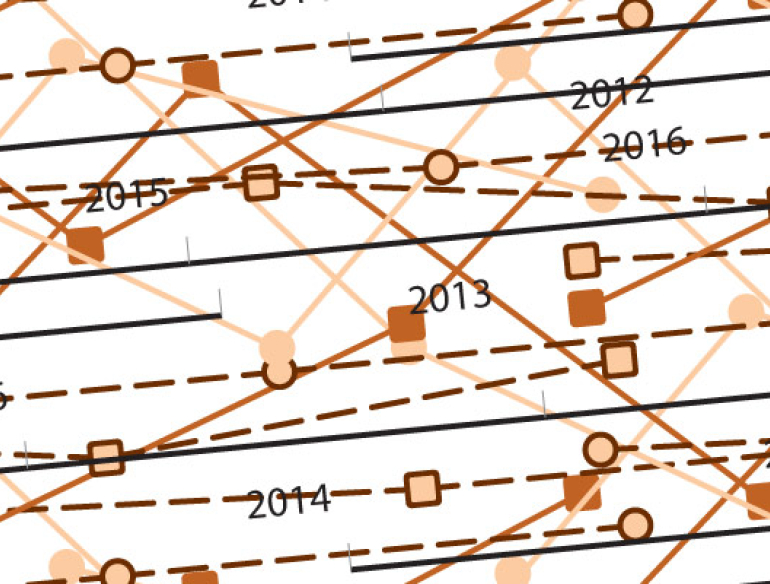- In 2016, there were 46 new HIV diagnoses in Aboriginal and Torres Strait Islander people in Australia, accounting for 5% of all HIV diagnoses (1 013) and increasing from 33 new diagnoses in 2012. The HIV notification rate was two times higher in Aboriginal and Torres Strait Islander people than in the non-Indigenous population.
- In the past five years, there was a 25% increase in the notification rate of hepatitis C diagnoses in the Aboriginal and Torres Strait Islander population (from 138 per 100 000 in 2012 to 173 per 100 000 in 2016), whereas the rate in the non-Indigenous population remained stable (43 per 100 000 in 2012 and 45 per 100 000 in 2016).
- In the past five years (2012–2016), the notification rate of newly diagnosed hepatitis B infection in the Aboriginal and Torres Strait Islander population halved from 62 per 100 000 in 2012 to 31 per 100 000 in 2016, with declines in all age groups but the greatest decline in people under 40 years of age.
- In 2016, Aboriginal people were 3 times more likely to be disgnosed with chlamydia, 7 times more likely to be diagnosed with gonorrhoea, and 5 times more likely to be diagnosed with infectious syphilis when compared with non-Aboriginal people.
- As a result of a vaccination program in schools, since 2007 there has been an 88% decrease in genital warts among Aboriginal men, and a 100% decrease among Aboriginal women ages 21 years or younger attending sexual health clinics for the first time.
Each year, the Aboriginal and Torres Strait Islander Health Program collaborates with the Surveillance and Evaluation Program for Public Health on the Blood-borne viral and sexually transmitted infections in Aboriginal and Torres Strait Islander people: Annual Surveillance Report.
This surveillance report provides information on the occurrence of blood borne viruses and sexually transmitted infections among Aboriginal and Torres Strait Islander people in Australia for the purposes of stimulating and supporting discussion on ways forward in minimising the transmission risks, as well as the personal and social consequences of these infections within Aboriginal and Torres Strait Islander communities. The report is produced in a format that is recognised as appropriate for Aboriginal and Torres Strait Islander health services and communities, and is overseen by the National Aboriginal Community Controlled Health Organisation (NACCHO) Sexual Health and Blood Borne Virus Advisory Committee.
